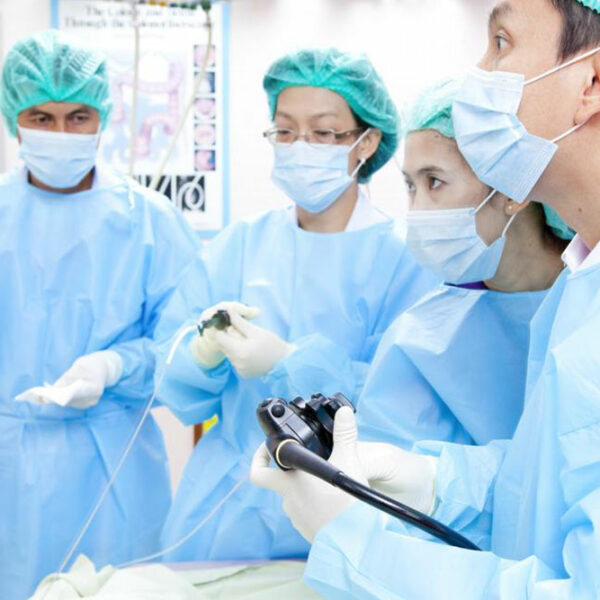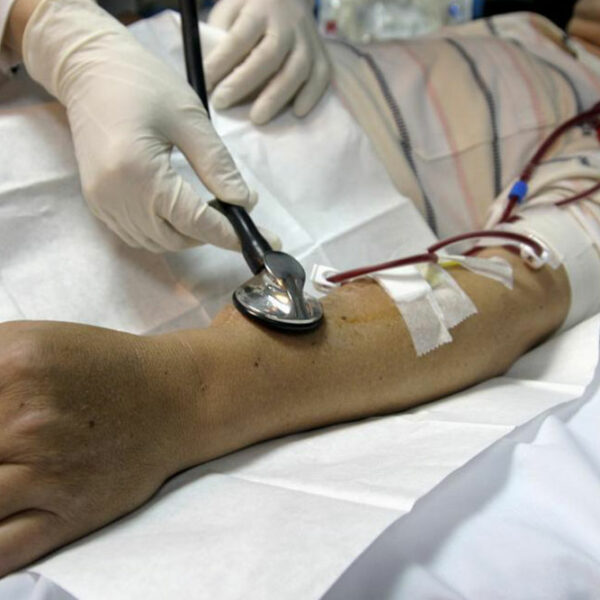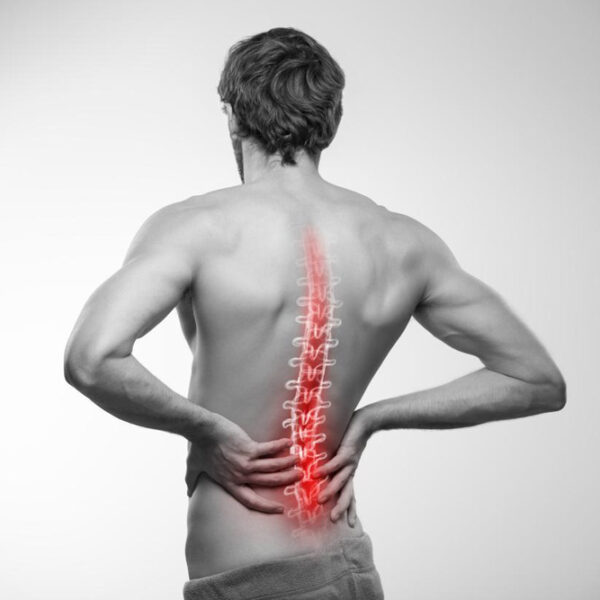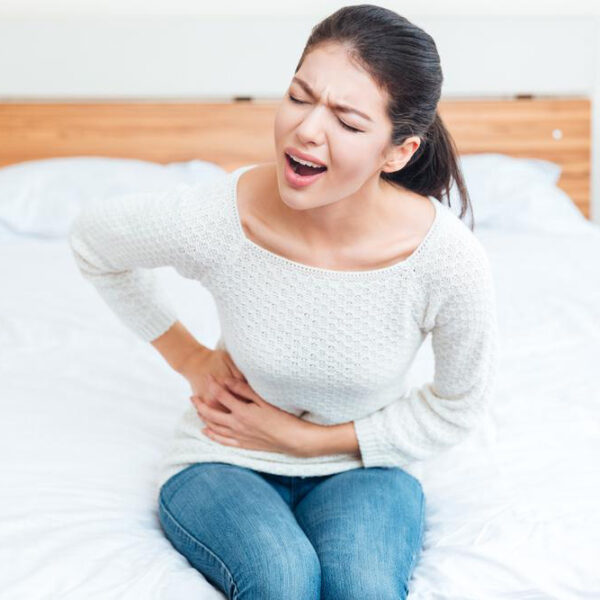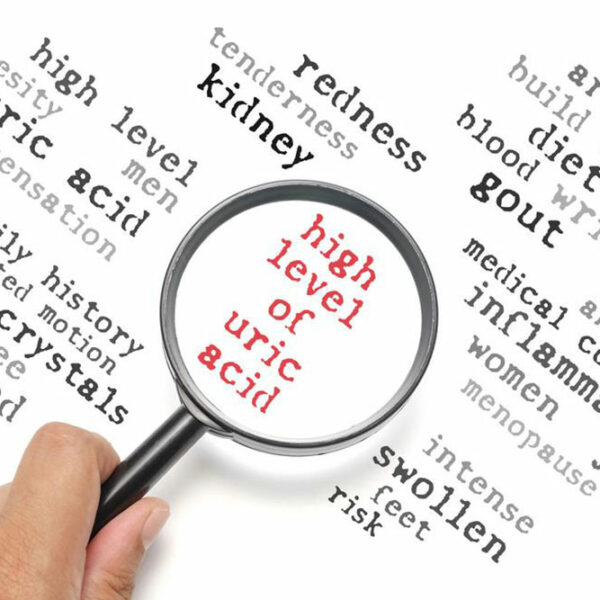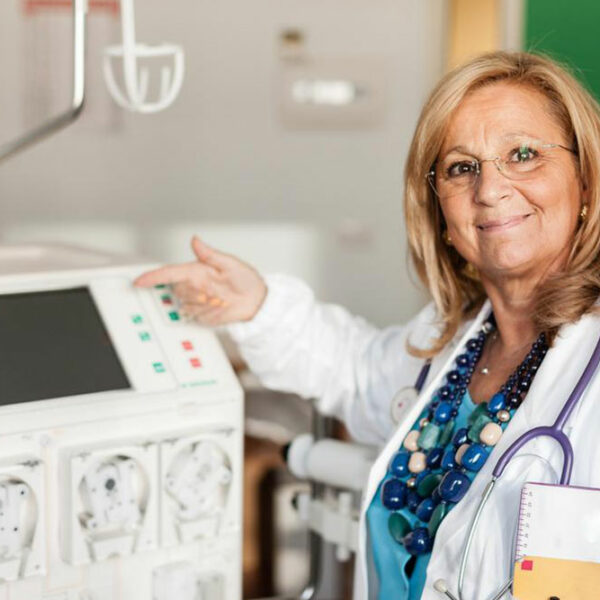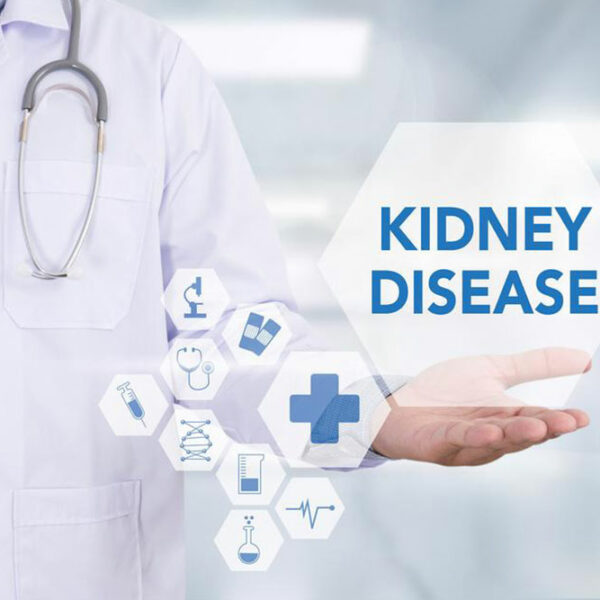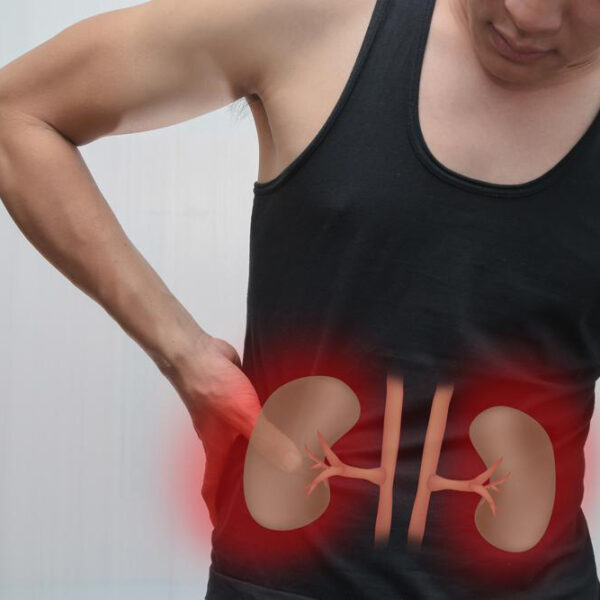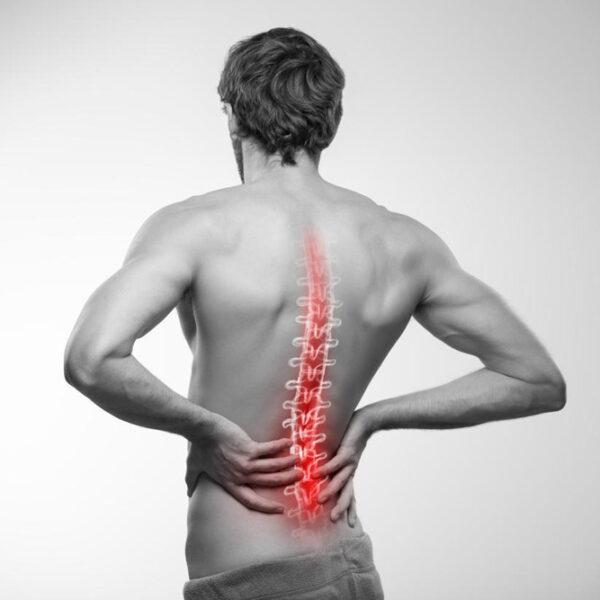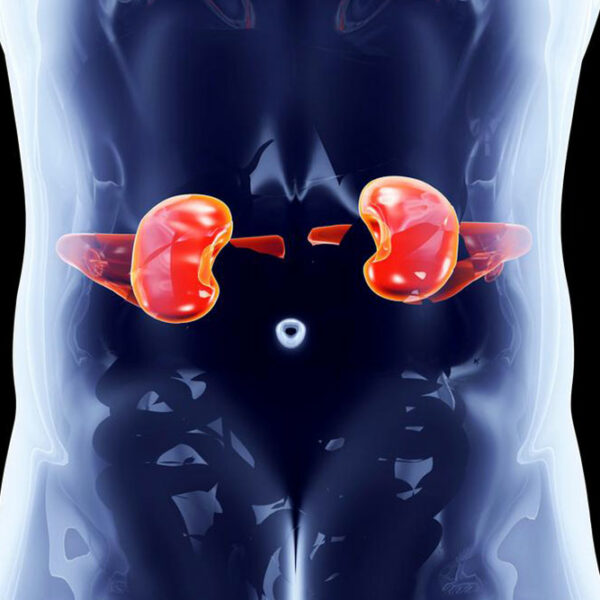
Effective measures to prevent kidney disorders
Many of us are quite familiar with the age-old saying – prevention is better than cure, which has been proven right. The onus here falls on the fact that you do not have to wait till you fall ill and are forced to take drastic measures. Instead, you can start taking measures that would help you maintain a healthy body. Our organs function in unison with one another to help us lead a healthy and normal life. But, what happens when they stop functioning? You are diagnosed with a serious disorder and you walk on thin ice when you acting as per your doctor’s instructions. Kidney disorders are something that plagues a majority of the population. Contrary to popular belief that you can only undergo treatment for kidney disorders and cannot prevent it, there are some popular preventive measures which would hold your kidney disorders at bay. Here are some preventive measures that would help prevent kidney disorders in the long run. Go easy on salt- Salt is known to be the cause of a variety of ailments, kidney disorders being one of them. The sodium built-up in your body would result in water retention, which in turn would cause swelling and breathlessness.
